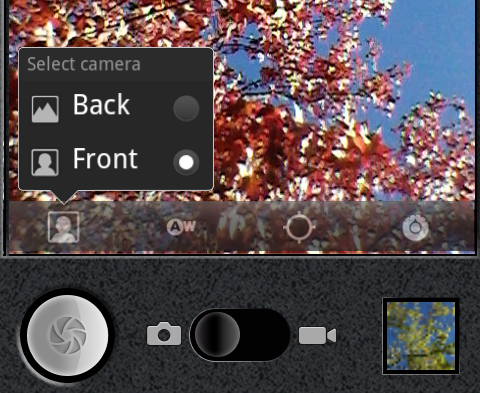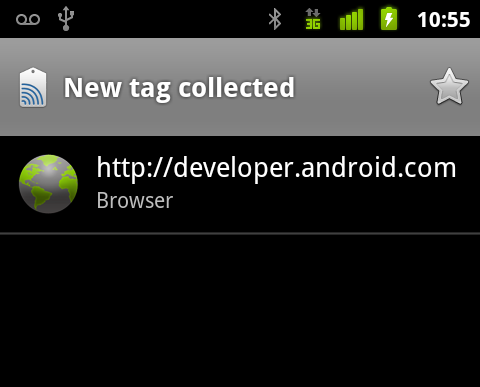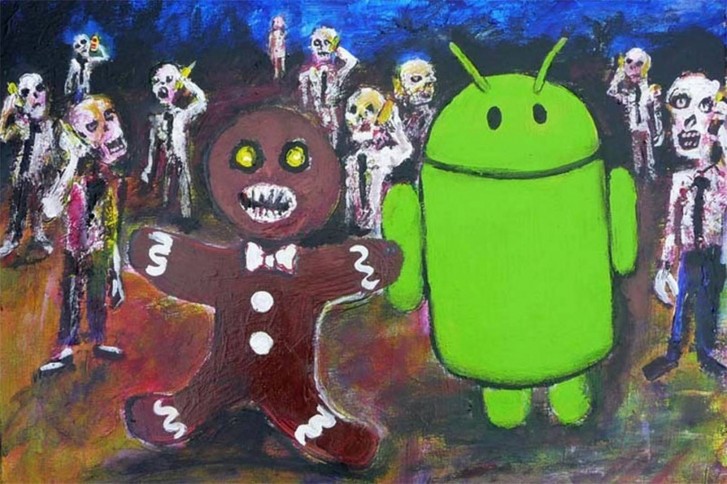What Remote Support App Can Support Gingerbread Os
Before it became the zombie OS version that just wouldn't die, Android 2.3 Gingerbread was a big deal – it brought so many things that we take for granted today, it put a new coat of paint on the UI and made the whole system more efficient.
Introduced at the end of 2010, Gingerbread would grow quickly, becoming the most popular Android version less than a year later and claiming 50% market share in December of 2011. Google stopped updating the OS distribution charts last year, but there's evidence that v2.3 still roams the dark corridors and rattles chains to scare developers that want to ensure market-wide compatibility.
Its predecessor, 2.2 Froyo, was introduced a few months earlier and it took until January 2017 for it to die. At that point Gingerbread was still clinging onto 1.0% market share. These old versions of Android really overstayed their welcome.
What is it about Gingerbread that gave it such staying power that rivals the longevity of Windows XP? Well, just like XP, this was the first version that was actually great. You wouldn't want to use Gingerbread in 2020, but you could – and if you tried to use an earlier version, it would be a nightmare of missing features.
Seriously, before v2.3 third-party apps couldn't even access the selfie camera. Actually, this allowed apps to use any number of cameras regardless of their position – modern Android phones with 3,4,5,6 cameras on board wouldn't make much sense without this.

Another thing that wouldn't be possible without Gingerbread is extra large displays or "xlarge" as the system describes them, which range from 7" to 10". This was a preparation for Android tablets that would gain proper support with version 3.0 Honeycomb (but that's a story for another time).
Other foundational features were enabled with this update – NFC was a big new addition. Initially used for tags, a use-case that has all but died out today, Near Field Communication is vital for modern smartphone-based payment systems.

Even basic stuff like copy and paste was improved in Gingerbread, allowing you to long press a word to bring up a selection and a copy/paste menu. The virtual keyboard got better at offering text suggestions, the key layout was tweaked to make it easier to type and voice dictation was made more accurate.

Text editing got much better with improved selection, copy/paste and key layout
New multimedia tools significantly improved the experience as well. Apps could now enable headphone virtualization and bass boost, new codec support enabled playback of AAC and AMR audio as well as VP8 and WebM video.
Gingerbread introduced the power management screen, which gives a detailed breakdown of battery usage. It also showed apps that run in the background and sap both battery and CPU power. This was the first OS to give users powerful (but easy to use) tools to manage their battery life.


Detailed power and CPU/RAM usage reports
System performance got a major boost with faster event distribution – touch and keyboard events were handled with lower latency and CPU load, which was a boon for games and other apps that required a snappy UI.
Google also developed a concurrent garbage collector. We won't go into how Dalvik works, but the important bit was that apps no longer stuttered due to this background maintenance task.


The user interface was polished with improved looks and responsiveness
Not everything ran on Dalvik – to get the most performance out of the chipset, developers needed to run native code. Gingerbread made that much easier, offering a native API that could directly use OpenGL ES for graphics, load assets, handle input and sensor events and play audio. The OpenGL driver was also updated for faster 3D performance.
There are various other tidbits that you may be surprised to learn were not available prior to v2.3, e.g. the Download manager. Previously, you had to track down the stuff you saved from the browser by yourself.
While your memory of Android 2.3 Gingerbread may be sour now, this OS version deserves respect – it's one of the most influential releases of Android and helped make it the dominant OS worldwide.

PS. the image above was an Easter egg found inside Android 2.3 Gingerbread which shows zombies and a monster gingerbread man surrounding Bugdroid, the Android mascot. Ironic, isn't it?
What Remote Support App Can Support Gingerbread Os
Source: https://www.gsmarena.com/flashback_android_23_gingerbread_the_os_version_that_refused_to_die_was_better_than_you_think-news-42963.php
Posted by: franklinsart1949.blogspot.com

0 Response to "What Remote Support App Can Support Gingerbread Os"
Post a Comment